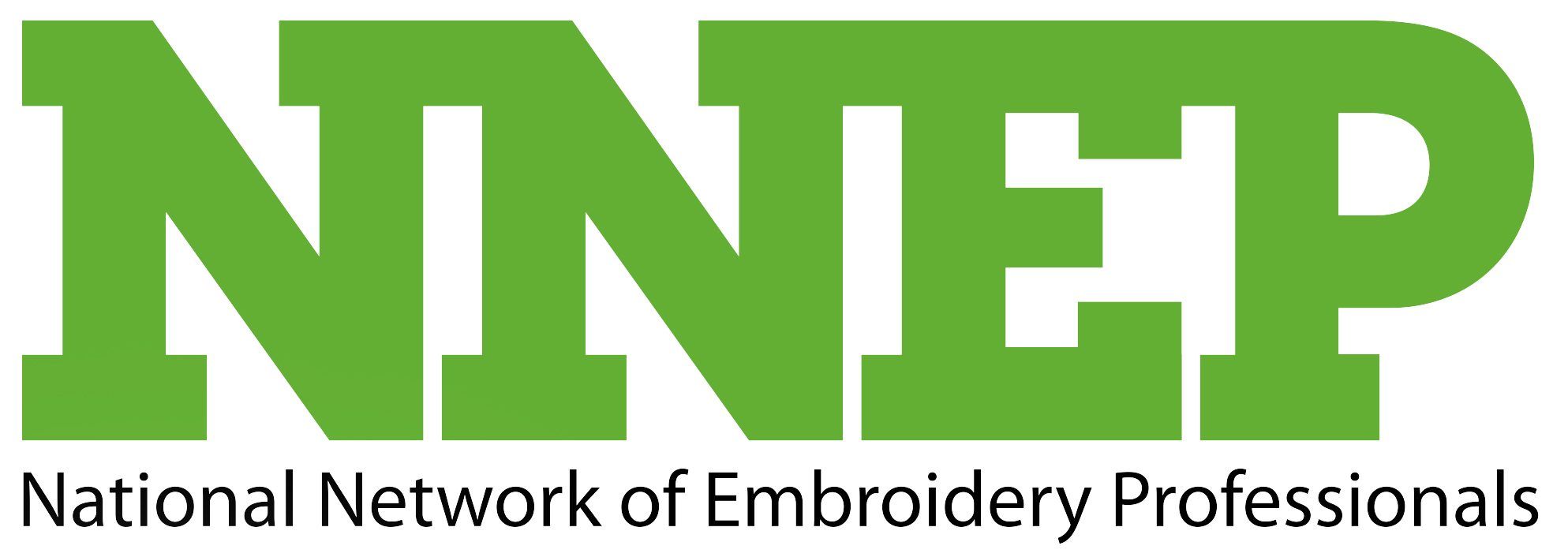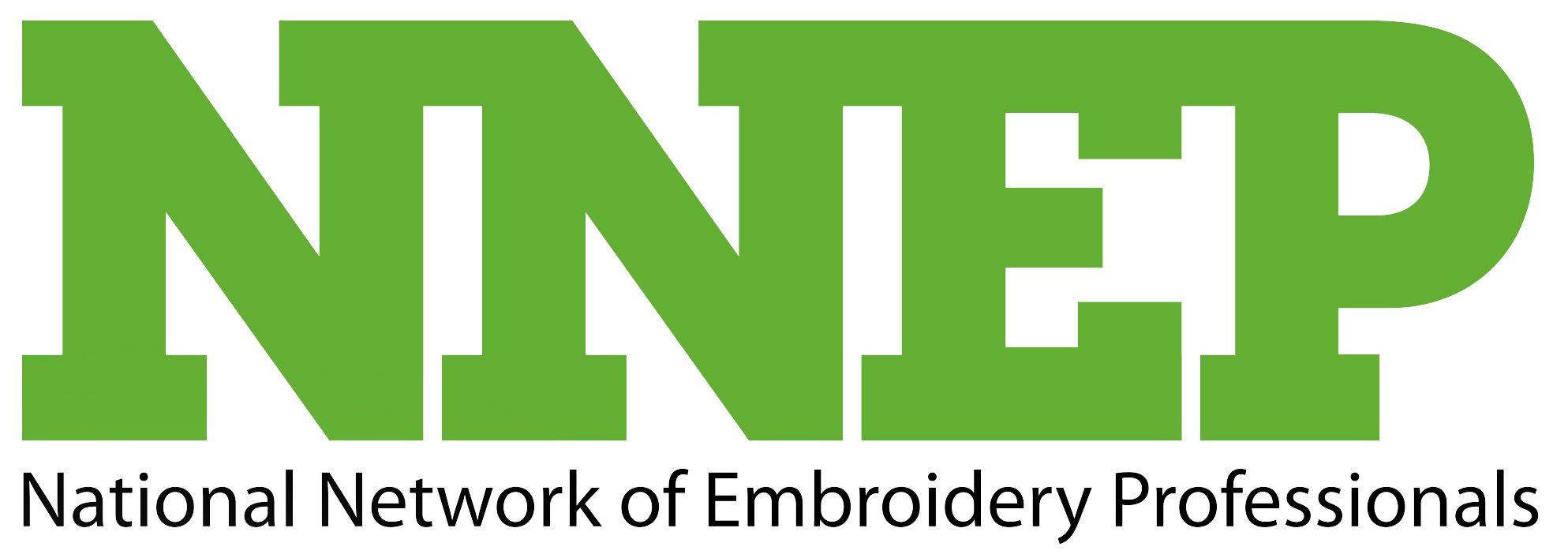Another Day, Another Dollar
Another Day, Another Dollar...
How MANY dollars - that is the REAL question!
It is 5 PM and you are done working for today. As it is the end of the day, you are now off to the grocery store, to the ball field to watch one of your kids play, you are stopping to pick up your puppy from the groomers or any of the other zillions things that we do every day after work. You are glad to be done with work, you are tired and you are hungry.
Another day, another dollar, right?
Do you know what your "another dollar" actually IS for today?
Do you think you might feel differently about your commitment to your work IF you knew specifically how much money you made TODAY? You CAN know, and in fact, you really SHOULD know.
Every order that you do tells you the amount of profit it brings in for you and your business. Total those daily profits up and you have the dollar amount to insert into your "another day, another $X dollars" saying.
This process can be fairly simple for this sort of daily quick assessment. The important concept is to be consistent so that all your figures are apples and you do not end up comparing apples with oranges. No bookkeeper or accountant will say this is how to do your books (and it is not), but it will help me illustrate my point about the value of knowing your daily profits.
Here's a basic example -
You have an order for 24 shirts.
Each shirt takes 7 minutes to run, so there is a total 2.8 hours for the total run time.
You pay yourself or your embroidery staff an hourly rate of $12.00/hour.
Here's what you know:
- Cost of shirts: $7.50 each x 24 shirts = $180.00
- Labor cost to run the order: 2.8 hours labor x $12/hour = $33.60.
- Overhead Cost of this order: $18/hr x 2.8 hours = $50.40
You have to add overhead. You may or may not know what your overhead is, but come up with some figure so you don't fool yourself into thinking that you are richer than you are. Overhead covers all the costs that you incur to run your business - utilities, rent, insurance, order taking, etc. The bills you have to pay every month, no matter what. Take that total amount and divide it by your average number of hours you work in a month to determine your average cost of overhead per hour. For this example, lets say it costs you $18 per hour for overhead.
Total rough costs incurred for this order:
- Shirts $180.00 + labor $33.60 + overhead $50.40 = $264.00*
You priced the shirts for your customer at $21.80/shirt.
Your income: 24 x $21.80 = $523.20
Subtract your costs of $264.00 from your income to determine your PROFITS.
$523.20 income - $264.00 costs = $259.20 profit*
You made $259.20 above and beyond your expenses.
- The bad news is that NO, you did NOT make $523.20
- The good news is that you DID make a profit.
If you find that your numbers are coming out upside down - you are NOT making any or not enough profit, you need to raise your prices to make a profit.
Do this basic math for all your orders today. Add up all the work at the end of the day to calculate a total approximate profit earned for the day.
Set an average daily goal for your business and strive toward your goal - EVERY DAY. Now, when you close your door at the end of the day, you will know what your "Another day, another dollar" truly means.
Track your profits for a day, a week, a month. Some business owners make it a daily habit. (Hint, they tend to be in business for a long time, because they are focused on making healthy profit EVERY day).
Over time, this process will become almost automatic. You don't think so? Remember when you had no idea of the approximate stitch count in a design? Now you can look at a design and pretty much know the number of stitches required. Estimating profits can become an automatic thing you do as the owner of your business, just like you estimate stitch counts.
With time, you will learn what kinds of orders are more profitable and what kinds of orders are less profitable. Adjust your marketing strategies and pricing to support your profitability. You will never again need to wonder if your pricing is correct. When you are making a healthy profit, your pricing IS correct!
PS - If you would like a much more in-depth tool to develop profitable pricing, JOIN NNEP today! Use the pricing worksheet to develop profitable pricing for every order, it comes in your NNEP manual! Unlimited embroidery training of all sorts is available for members of NNEP.
* UPDATED 4/26/13 with the corrected math - sorry about that! Thanks Mary and Eric for bringing the error to our attention!




2 Responses
Just got off the phone with a Mr. Harris. He called to debate the last sentence of the article above, specifically the term "HEALTHY" profit. He was questioning the term, as to his way of thinking, any profit is healthy. It was a lively conversation debating the merits of profit and how we evaluate it. Thank Jim for taking the time to call!
Although some monopoly profits exist in any economy, they are a very small portion of total profits in any rich society. In rich societies, most consumption consists of either luxuries or products that have close substitutes.